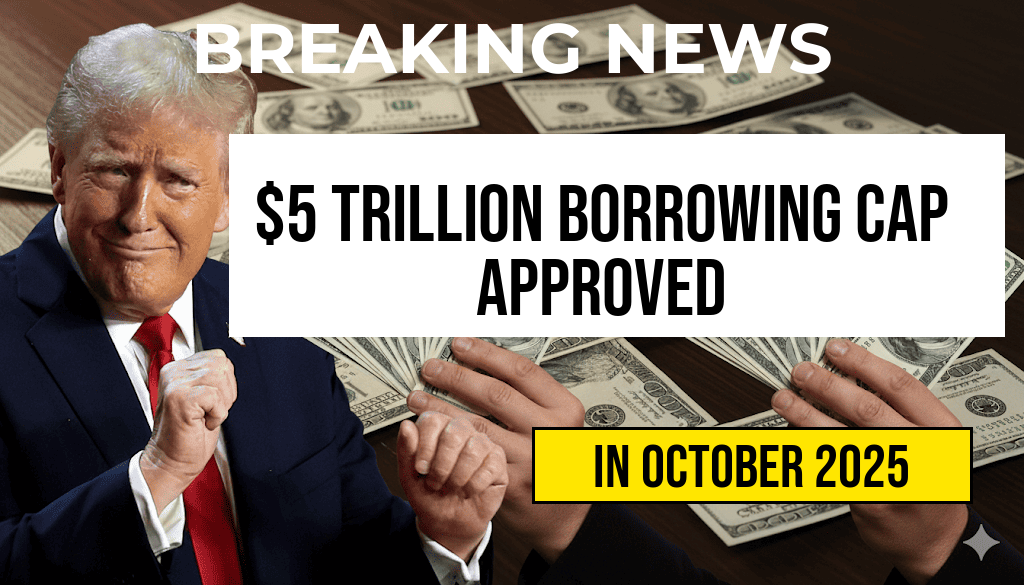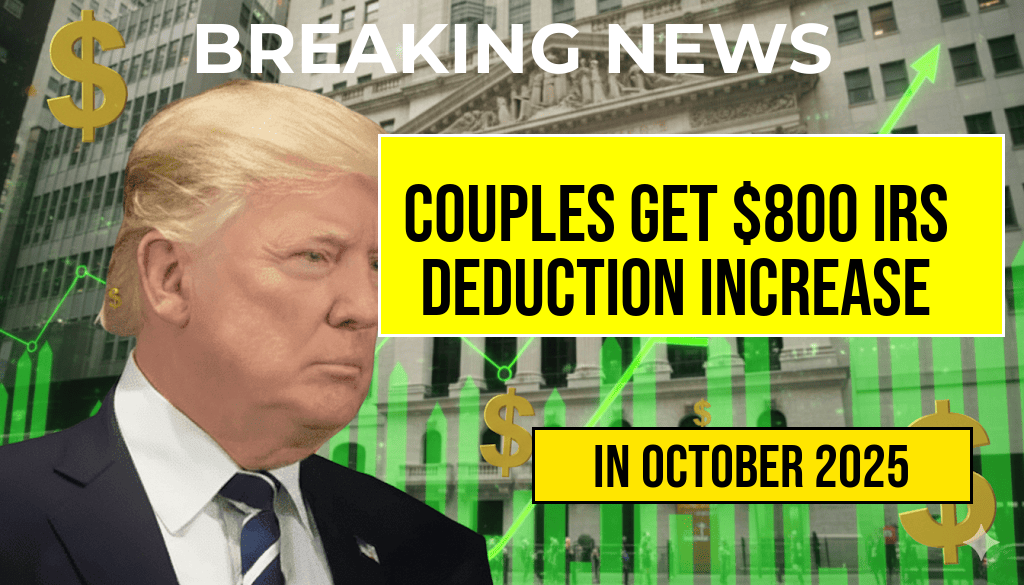The U.S. Congress has approved a significant increase in the federal borrowing cap, raising it by $5 trillion. This decision comes amid ongoing debates over federal spending and economic management, with implications that could reverberate through various sectors, including retirement savings. Investors and individuals closely monitoring their 401(k) plans may want to pay attention to how this borrowing cap adjustment could influence market stability, interest rates, and overall economic growth. With the federal government now able to borrow more to cover budgetary shortfalls, the economic landscape may shift, affecting everything from stock market performance to inflation rates.
Understanding the Borrowing Cap Increase
The recent legislative decision to raise the borrowing limit is aimed at preventing a potential default on government obligations. This increase allows for additional funding to support federal programs, pay salaries, and service existing debt. It is a temporary measure that gives the government more flexibility in managing its finances while addressing immediate fiscal challenges.
The Economic Context
With the national debt already exceeding $31 trillion, the implications of such a significant increase are far-reaching. Economists are divided on whether this move will lead to positive or negative outcomes for the economy. Some argue that increased borrowing can stimulate growth, especially if the funds are invested wisely. Others warn that it could exacerbate inflation and lead to higher interest rates, which could adversely affect consumer spending and savings rates.
Impact on 401(k) Plans
The increase in the borrowing cap could have several implications for retirement savings, particularly for those with 401(k) plans:
- Market Volatility: As the government borrows more, concerns about inflation may lead to increased market volatility. Stock prices can fluctuate significantly in response to fiscal policy changes, which could affect the value of 401(k) investments.
- Interest Rates: Higher borrowing could lead the Federal Reserve to adjust interest rates in response to inflation concerns. If rates rise, bond yields may increase, affecting the fixed-income portions of retirement portfolios.
- Consumer Confidence: Increased government borrowing might impact consumer confidence. If individuals feel uncertain about the economy, they may reduce spending, which could in turn affect stock performance and, subsequently, 401(k) values.
Long-Term Considerations
Retirement planners and financial advisors suggest that individuals should stay informed about economic changes resulting from the increased borrowing cap. Here are some strategies to consider:
- Diversification: Maintaining a diversified portfolio can help mitigate risks associated with market volatility. Consider allocating investments across various asset classes, including stocks, bonds, and alternative investments.
- Regular Contributions: Continuing to make regular contributions to your 401(k) can take advantage of dollar-cost averaging, which reduces the impact of market fluctuations over time.
- Reassessing Risk Tolerance: As economic conditions change, it may be prudent to reassess your risk tolerance and adjust your investment strategy accordingly.
Expert Opinions
Financial experts recommend staying proactive in monitoring economic trends that arise from this borrowing cap increase. “Understanding the broader economic implications can help investors make informed decisions about their retirement savings,” says Jane Doe, a senior financial analyst at XYZ Investments. “Being adaptable and aware of changing conditions is key to successful long-term financial planning.”
Conclusion
The approval of a $5 trillion increase in the federal borrowing cap is a pivotal moment that could shape the economic landscape and impact retirement savings for millions of Americans. As individuals navigate their financial futures, being aware of these developments will be crucial in making informed decisions regarding their 401(k) plans. For more detailed analysis and ongoing updates, consider following reputable financial news sources such as Forbes and the Washington Post.
Frequently Asked Questions
What does the $5 trillion increase in the borrowing cap mean for individuals?
The $5 trillion increase in the borrowing cap allows the government to take on more debt, which can impact interest rates and overall economic stability. This may indirectly affect personal investments, including your 401(k).
How could the increase in borrowing cap affect my 401(k) investments?
With the government borrowing more, there could be changes in interest rates and market conditions, which may impact the performance of the assets within your 401(k). It’s essential to monitor your investment strategy in light of these changes.
Should I be concerned about my 401(k) in light of the new borrowing cap?
While the increase in the borrowing cap can have implications for the economy, it is crucial to focus on your long-term investment goals. Consult with a financial advisor to assess any potential risks to your 401(k).
What should I do to protect my 401(k) from potential market fluctuations?
To protect your 401(k), consider diversifying your investments and reviewing your asset allocation. Staying informed about economic changes and adjusting your strategy accordingly can help mitigate risks.
Are there any immediate actions I should take regarding my 401(k)?
It may be beneficial to review your 401(k) plan and investment choices. Consult with a financial professional to discuss potential adjustments based on the recent borrowing cap increase and its implications.



